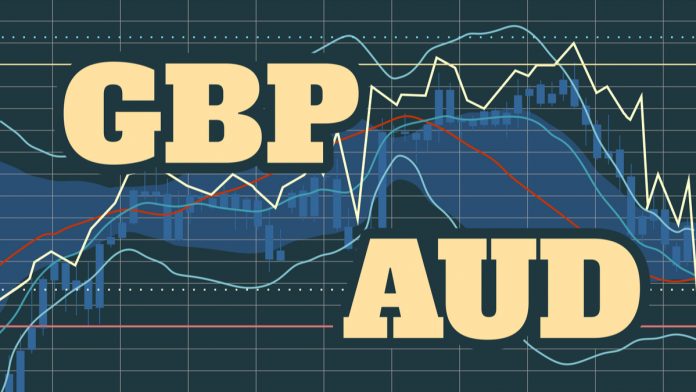GBP/AUD has tumbled to the lowest level since March 5, after breaking below a strong support level at 1.9510. Currently, the pair is trading at 1.9429, down 0.71% as of 7:05 AM UTC. The Aussie started to increase versus the pound and other majors shortly after Australia released preliminary retail sales data that showed record surge in March.
The price has touched a daily low at 1.9397. It started to recover after the UK’s Office for National Statistics (ONS) released inflation data that was in line with analysts’ expectations.
Australian Retail Sales See Record Surge
Earlier Wednesday, the Australian Bureau of Statistics (ABS) reported that retail sales jumped last month by the most on record, as the lockdown measures triggered panic buying of foods and goods. The indicator might have saved the Australian economy from contraction in the first quarter of the year. However, sales will likely plummet in April due to the same social distancing measures.
The preliminary measure of retail sales rose 8.2% in March compared to February. The previous record growth was in 2002. Sales hit an all-time high of 30 billion Australian dollars. The ABS explained:
“These preliminary figures indicate unprecedented demand in March in the Food retailing industry, with strong sales across supermarkets, liquor retailing and other specialized food. Additional analysis indicates monthly turnover doubled for products such as toilet and tissue paper, and rice and pasta. In addition to food retailing, sales were also strong in retail industries selling items related to home offices for example.”
The increase in retail sales was partially offset by a strong decline in industries like cafes, restaurants, clothing, footwear, and personal accessory retailing. Australia introduced social distancing measures in March.
The ABS will publish the final estimates of retail sales figures on May 6.
UK Inflation Slows to 1.5% in March
Elsewhere, the sterling departed from the daily low after the ONS released inflation data. UK’s consumer price index (CPI) rose 1.5% in March compared to the same period in 2019, after a 1.7% increase in February. The dynamic was in line with expectations.
The ONS collected data on March 17, but it could already observe changes in consumers’ behavior even before the lockdown measures were implemented.
“Prices usually rise between February and March, and this year’s fall is the first since 2015 and only the second since the start of the constructed (inflation) series in 1988,” the agency said.





